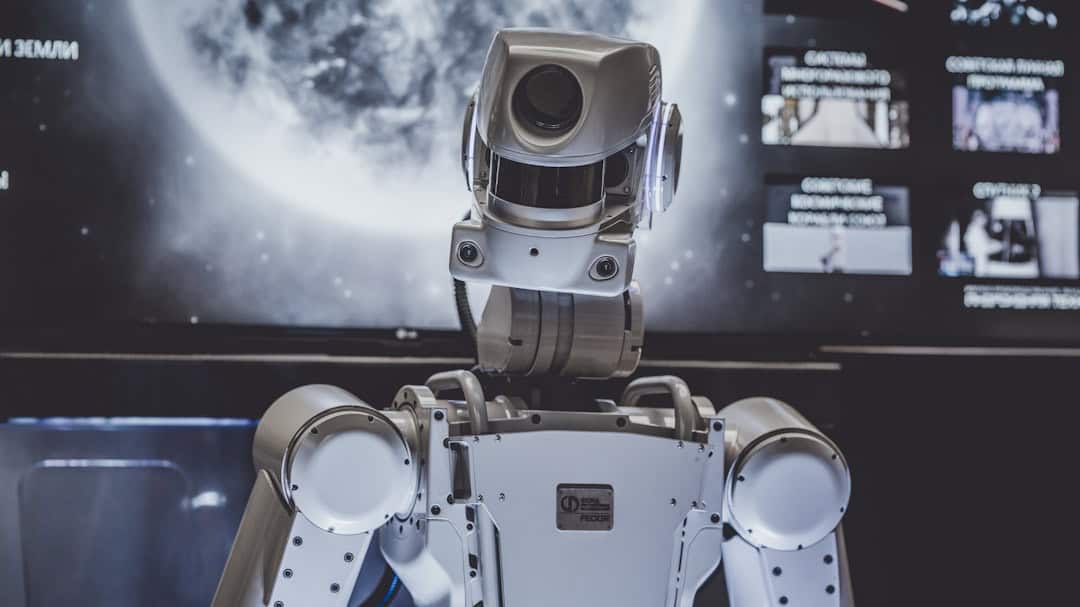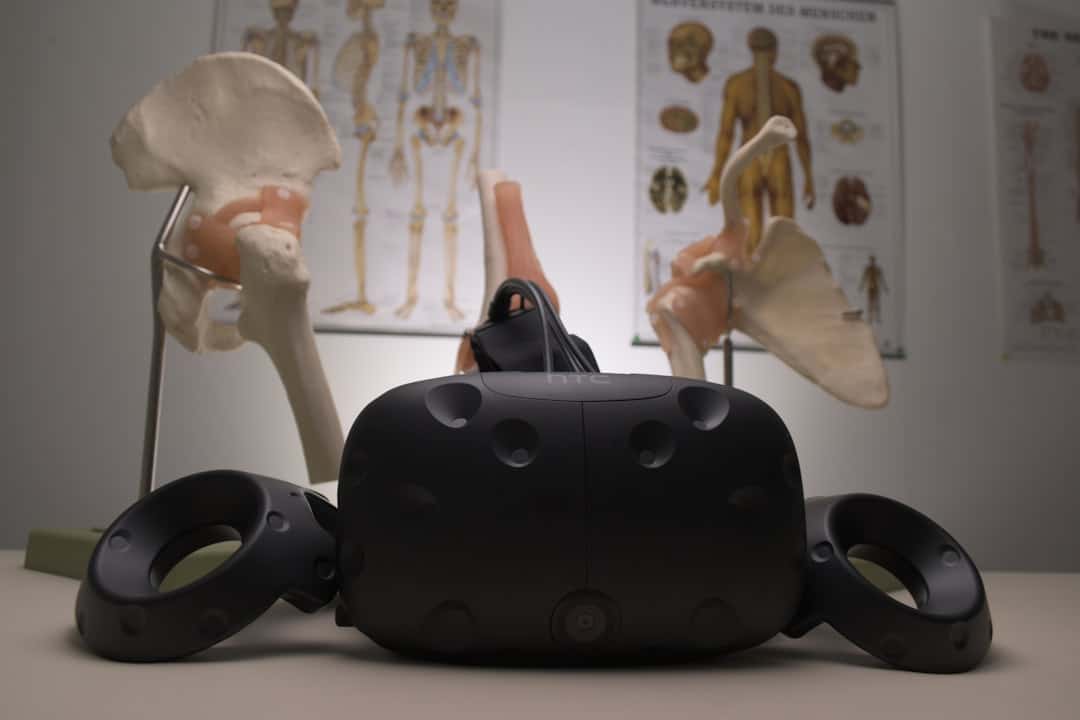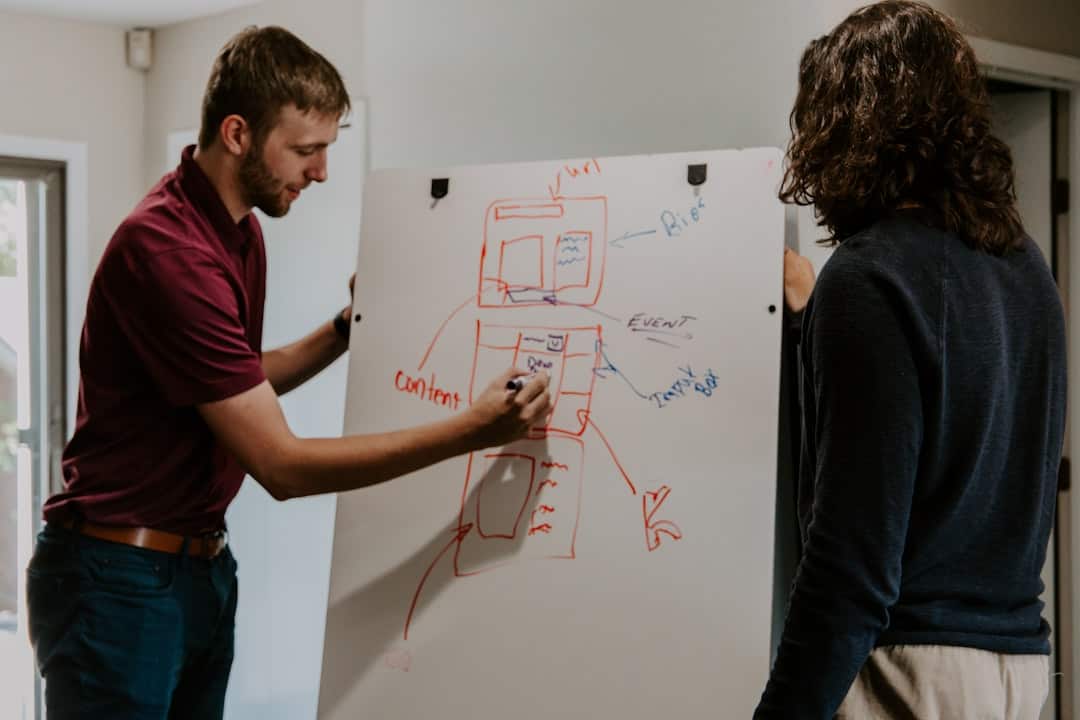Meta’s virtual reality (VR) technology has gained significant attention in recent years, particularly with the introduction of the Meta Quest 2 platform. This new VR system has reignited interest in the technology by offering a more immersive and interactive user experience. The growing popularity of Meta VR can be attributed to technological advancements that have made VR more accessible and affordable for consumers.
The Meta Quest 2 enables users to enjoy high-quality VR experiences without requiring expensive hardware or complex setup procedures, thereby expanding the technology’s reach to a broader audience. The increasing demand for immersive experiences across various industries has also contributed to the rise of Meta VR. Virtual reality has the potential to transform sectors such as gaming, entertainment, education, and training by revolutionizing how users interact with digital content.
Recognizing this potential, companies like Meta are making substantial investments in VR technology, anticipating its evolution into a mainstream form of entertainment and communication. As Meta VR continues to grow, it is likely to influence how digital content is consumed and integrated into daily life.
Key Takeaways
- Meta VR is revolutionizing the virtual reality industry with its advanced technology and immersive experiences.
- The technology behind Meta VR includes cutting-edge hardware and software, such as high-resolution displays and advanced tracking systems.
- Meta VR is transforming industries such as healthcare, real estate, and entertainment by offering new ways to engage with customers and clients.
- Meta VR has the potential to revolutionize education and training by providing immersive and interactive learning experiences.
- The social and ethical implications of Meta VR raise concerns about privacy, addiction, and the blurring of virtual and real-world boundaries.
Understanding the Technology Behind Meta VR
Tracking Technology
The Meta Quest 2, for example, uses inside-out tracking technology to accurately track the user’s movements without the need for external sensors. This allows for a more seamless and immersive experience, as users can move freely within the virtual environment without being tethered to a specific location.
Visuals and Graphics
In addition to tracking technology, Meta VR also relies on high-resolution displays and advanced graphics processing to create realistic and immersive visuals. The Meta Quest 2 features a high-resolution display with a fast refresh rate, which helps to reduce motion sickness and improve the overall visual quality of the VR experience.
Immersive Audio and Overall Experience
Furthermore, the platform also supports spatial audio, which enhances the sense of presence and immersion for users. Overall, the technology behind Meta VR is designed to create a seamless and immersive experience that transports users to new and exciting virtual worlds.
The Impact of Meta VR on Industries

The impact of Meta VR on industries is far-reaching, as it has the potential to revolutionize how we interact with digital content. In the gaming and entertainment industry, Meta VR has already made a significant impact, as it offers a more immersive and interactive experience for users. With the Meta Quest 2, users can experience games and entertainment in a whole new way, as they are transported to virtual worlds that feel incredibly real.
This has opened up new opportunities for game developers and content creators to explore innovative and immersive experiences that were not possible before. Furthermore, Meta VR has also made an impact on industries such as education and training. With the rise of remote learning and virtual training programs, VR has become an invaluable tool for delivering immersive and engaging educational experiences.
The Meta Quest 2, with its affordable price point and easy setup process, has made it more accessible for educational institutions and businesses to incorporate VR into their training programs. This has led to a more effective and engaging learning experience for students and employees, as they can interact with content in a more hands-on and immersive way.
Exploring the Possibilities of Meta VR for Education and Training
| Metrics | Education | Training |
|---|---|---|
| Engagement | High | High |
| Retention | Improved | Improved |
| Interactivity | Enhanced | Enhanced |
| Cost | Varies | Reduced |
Meta VR has opened up a world of possibilities for education and training, as it offers a more immersive and engaging way to deliver content to students and employees. In the field of education, VR can be used to create virtual field trips, where students can explore historical landmarks or natural environments without leaving the classroom. This provides a more interactive and memorable learning experience for students, as they can engage with content in a hands-on way.
Additionally, VR can also be used to simulate complex scientific concepts or historical events, allowing students to visualize and interact with abstract ideas in a more tangible way. In the realm of training, Meta VR has the potential to revolutionize how employees are trained in various industries. For example, in the healthcare industry, VR can be used to simulate medical procedures or patient interactions, allowing medical professionals to practice in a safe and controlled environment.
In the manufacturing industry, VR can be used to train employees on complex machinery or safety protocols, reducing the risk of accidents in the workplace. Overall, Meta VR offers a wide range of possibilities for education and training, as it provides a more immersive and interactive way to deliver content to learners.
The Social and Ethical Implications of Meta VR
As Meta VR becomes more integrated into our daily lives, it raises important social and ethical implications that need to be considered. One of the main concerns surrounding VR technology is the potential for addiction and escapism. With the immersive nature of VR experiences, there is a risk that users may become addicted to virtual worlds, leading to a disconnection from reality.
Additionally, there is also concern about the impact of VR on mental health, as prolonged exposure to virtual environments may have negative effects on cognitive function and emotional well-being. Furthermore, there are ethical considerations surrounding privacy and data security in the context of Meta VR. As users engage with virtual environments, there is potential for their personal data to be collected and used for targeted advertising or other purposes.
This raises important questions about consent and transparency in how user data is collected and utilized within VR platforms. Additionally, there is also concern about the potential for misinformation and manipulation within virtual environments, as users may be exposed to false or harmful content without proper safeguards in place.
Challenges and Limitations of Meta VR

Motion Sickness and Accessibility Barriers
While Meta VR offers exciting possibilities for immersive experiences, there are also challenges and limitations that need to be addressed. One of the main challenges is the issue of motion sickness, which can occur when users are exposed to virtual environments with fast movements or sudden changes in perspective. This can limit the potential for VR experiences in certain contexts, such as gaming or entertainment, where fast-paced action is common.
Eyestrain and Fatigue Concerns
Additionally, there are also concerns about the potential for eye strain and fatigue from prolonged use of VR headsets, which may limit the amount of time users can spend in virtual environments.
Inclusivity and Social Isolation
Another limitation of Meta VR is the issue of accessibility and inclusivity. While the Meta Quest 2 has made VR more affordable and accessible for consumers, there are still barriers for certain groups of people, such as those with disabilities or limited access to technology. This raises important questions about how VR technology can be made more inclusive and accessible for all users, regardless of their physical abilities or socioeconomic status. Additionally, there are also concerns about the potential for social isolation within virtual environments, as users may become disconnected from real-world interactions in favor of virtual experiences.
The Future of Meta Virtual Reality: What Lies Ahead
Looking ahead, the future of Meta Virtual Reality holds exciting possibilities for how we interact with digital content and communicate with others. As technology continues to advance, we can expect to see even more immersive and realistic VR experiences that blur the lines between virtual and real worlds. This opens up new opportunities for industries such as gaming, entertainment, education, and training to create innovative and engaging experiences that were not possible before.
Furthermore, we can also expect to see advancements in social interaction within virtual environments, as platforms like Meta VR continue to evolve. This could lead to new forms of communication and collaboration that transcend physical boundaries, allowing people from around the world to connect in meaningful ways within virtual spaces. Additionally, as VR technology becomes more integrated into our daily lives, we can expect to see new applications and uses for it in areas such as healthcare, therapy, and rehabilitation.
In conclusion, Meta Virtual Reality represents a significant advancement in technology that has the potential to revolutionize how we interact with digital content and communicate with others. With its immersive experiences and wide range of applications across various industries, Meta VR offers exciting possibilities for the future of entertainment, education, training, and social interaction. However, it also raises important considerations about social and ethical implications, as well as challenges related to accessibility and inclusivity.
As technology continues to advance, it will be important to address these considerations while exploring the full potential of Meta Virtual Reality in shaping our digital future.
If you’re interested in learning more about the potential impact of the metaverse on healthcare and wellness, check out this article on Metaversum. It explores how virtual reality technology could revolutionize the healthcare industry and improve patient outcomes.
FAQs
What is meta virtual reality?
Meta virtual reality refers to a virtual reality experience that goes beyond the physical world and incorporates elements of augmented reality, mixed reality, and other immersive technologies. It aims to create a seamless and interconnected digital environment that blurs the lines between the virtual and physical worlds.
How does meta virtual reality differ from traditional virtual reality?
Meta virtual reality differs from traditional virtual reality in that it aims to create a more immersive and interconnected experience by integrating various technologies such as augmented reality, mixed reality, and artificial intelligence. It also focuses on creating a more social and collaborative virtual environment.
What are the potential applications of meta virtual reality?
Meta virtual reality has the potential to be used in a wide range of applications, including gaming, entertainment, education, training, healthcare, architecture, and design. It can also be used for virtual meetings, social interactions, and collaborative work environments.
What are the challenges of developing meta virtual reality?
Some of the challenges of developing meta virtual reality include creating seamless integration of various technologies, ensuring high levels of immersion and realism, addressing privacy and security concerns, and developing user-friendly interfaces. Additionally, there are challenges related to hardware requirements, content creation, and standardization of technologies.
What companies are working on meta virtual reality technologies?
Several major technology companies, including Facebook (now Meta), Microsoft, Google, Apple, and Magic Leap, are actively working on developing meta virtual reality technologies. These companies are investing in research and development to create more immersive and interconnected virtual experiences.











Leave a Reply